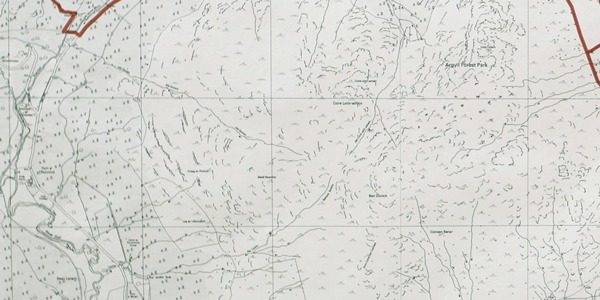The picturesque hillwalking routes around Tayside may look deceptively easy to navigate but a leading figure in the local mountain rescue team is warning people not to rely on mobile phone technology.
Aberfeldy man Stuart Johnston is an experienced member of Tayside Mountain Rescue (TMR), having joined the volunteer life-saving organisation in 1991 and the team leader urged hillwalkers to learn essential map reading skills, as opposed to downloading routes on to mobile phones, which could make the difference between life and death.
He made the comments after a nationwide report highlighted the numbers of people ill equipped to tackle Britain’s mountainous terrain.
With mobile phone technology advancing all the time some hillwalkers are using Google Maps and other applications to navigate a course.
This is ill-advised, according to Mr Johnston, who makes clear that, although TMR welcomes people taking a phone with them on a trek, they should not be solely relied upon.
“It is a fantastic and useful tool but you must still have map reading skills in case the battery goes dead,” he said.
“We encourage people to take their mobile phone out with them but not for navigating. Downloading map software and depending on that is simply not enough. If you do get into trouble it won’t be enough to get yourself off the hill.
“Mobile phones do have a lot of good things about them such as they can be quickly traceable. Although not pin-point accurate, it does give us the area of where the stranded person is-we have used that technique for years,” he added.
“But when someone discovers they have no spare battery, that is when they run into difficulty and find that they do not have the equipment to get off the hill.”
Mr Johnston’s views are consistent with other mountain rescue organisations elsewhere in the UK which have also issued a warning to people not to substitute traditional map reading skills for mobile technology.For safety tips and further information visit Tayside Mountain Rescue online at www.taysidemrt.org.uk.
